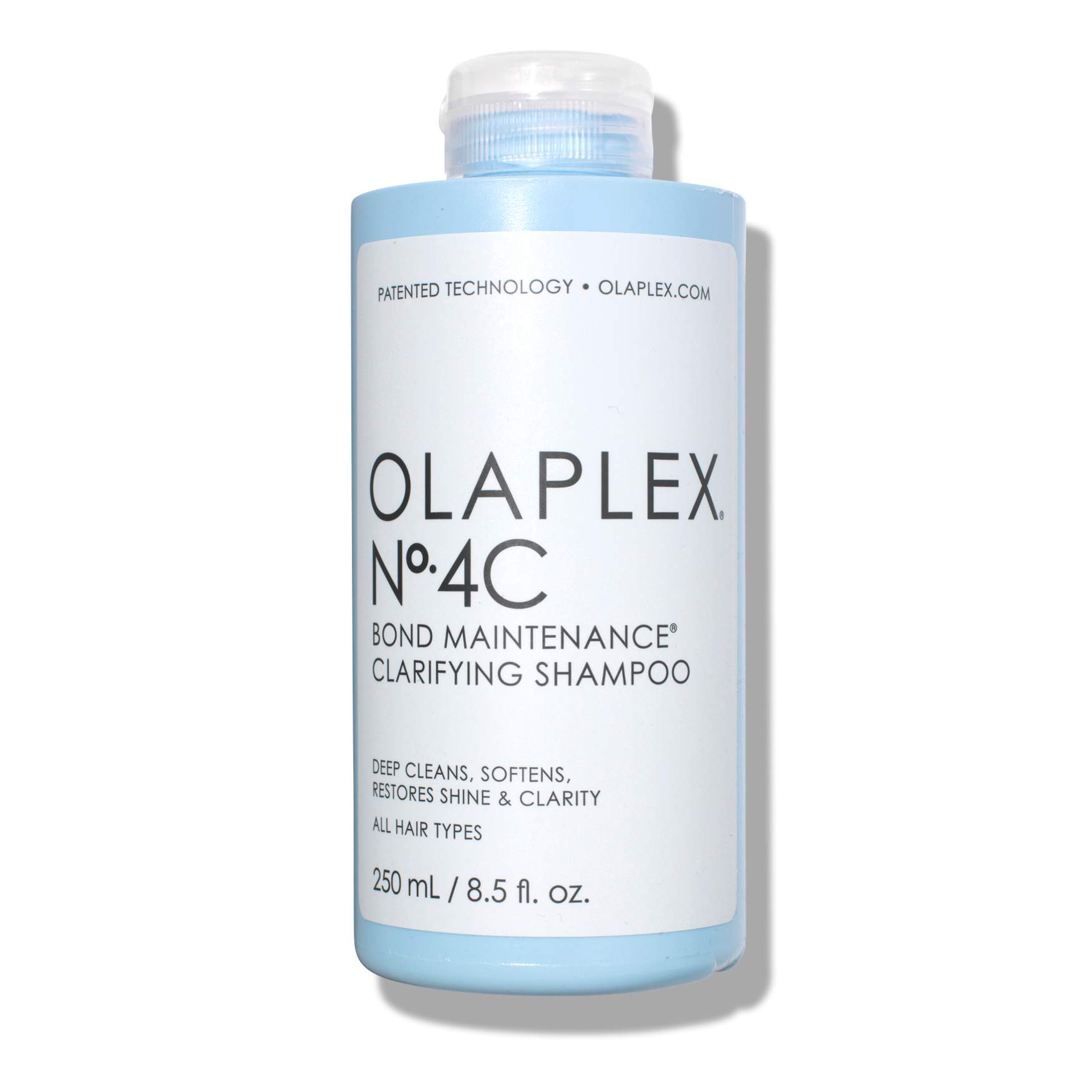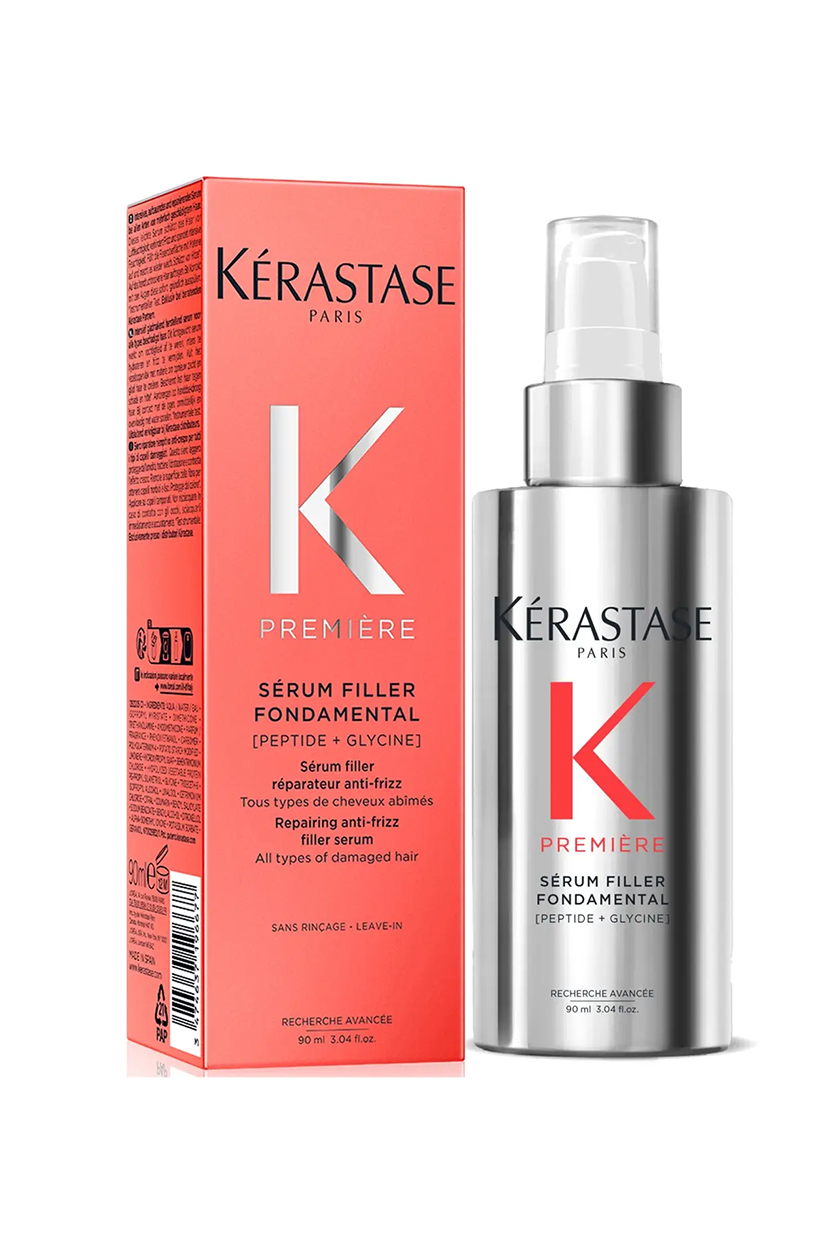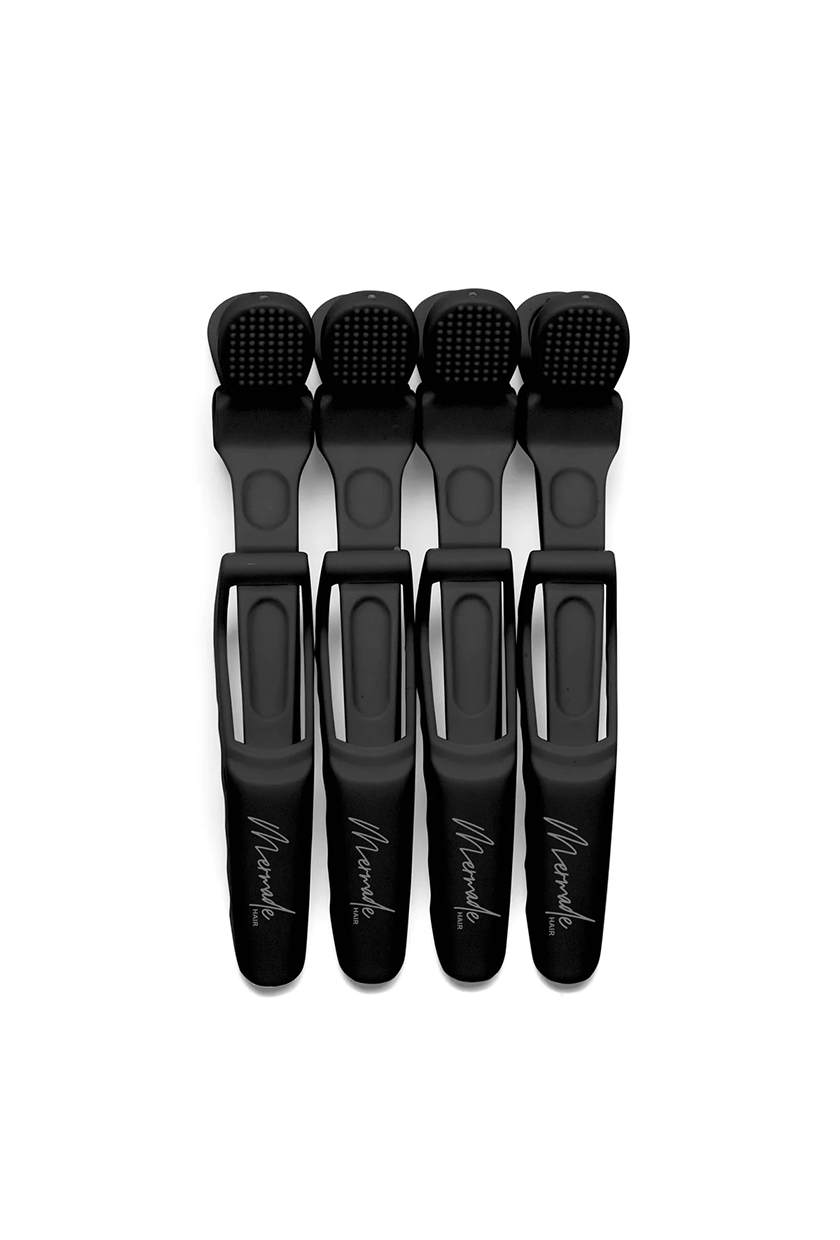You're Using Your Hot Brush All Wrong—9 Hairstylist-Approved Tips to Try

If there's one question that I always get asked as a beauty editor, it's how to use a hot brush. Many people tell me they find that their blowdry doesn't last or their curls drop out too quickly when using a hair multi-styler like the Dyson Airwrap, and I'll admit that a blowdry brush can be tricky to get to grips with and takes a lot of practice to get the hang of. I love the initial volume and bounce that a hot brush gives me without having to visit the salon, but as someone who has long hair, I find it hard to get that sleek, just-left-the-salon blowdry look to last, because my hair's heaviness means my handiwork often falls out easily after styling.
How to Use a Hot Brush, Step by Step

In my quest to find out how to really make hot-brush styles last longer, I tapped international artist in residence at Billi Currie and expert hairstylist Tom Smith to share his words of wisdom.
"The use of a hot brush at home makes it very easy to style your hair without the need to use two hands at once," he says. "The leading feature is the fact that it dries and styles your hair with one device, meaning that this may be a perfect solution for those of you who find blow-drying your hair with a hair dryer and round brush at the same time challenging."
After speaking with Smith, I found that I was making some hot-brush mistakes when styling my hair, and I picked up plenty of great tips to ensure that your blowout won't flop after an hour. Scroll ahead for his step-by-step guide on getting the most out of your hot-brush styler, as well as the mistakes to avoid.
- Clean Your Hair With the Right Shampoo
- Prep Your Hair With the Right Styling Products
- Style From Wet to Dry
- Start at the Front of Your Hair
- Twist the Brush Through Your Hair
- Use the Cool Shot Setting to Set Your Style
- Repeat and Allow Hair to Cool
- Shake Out Hair with Fingers, Not a Brush
- Finish With Hairstyling Products to Hold
1. Clean Your Hair With the Right Shampoo
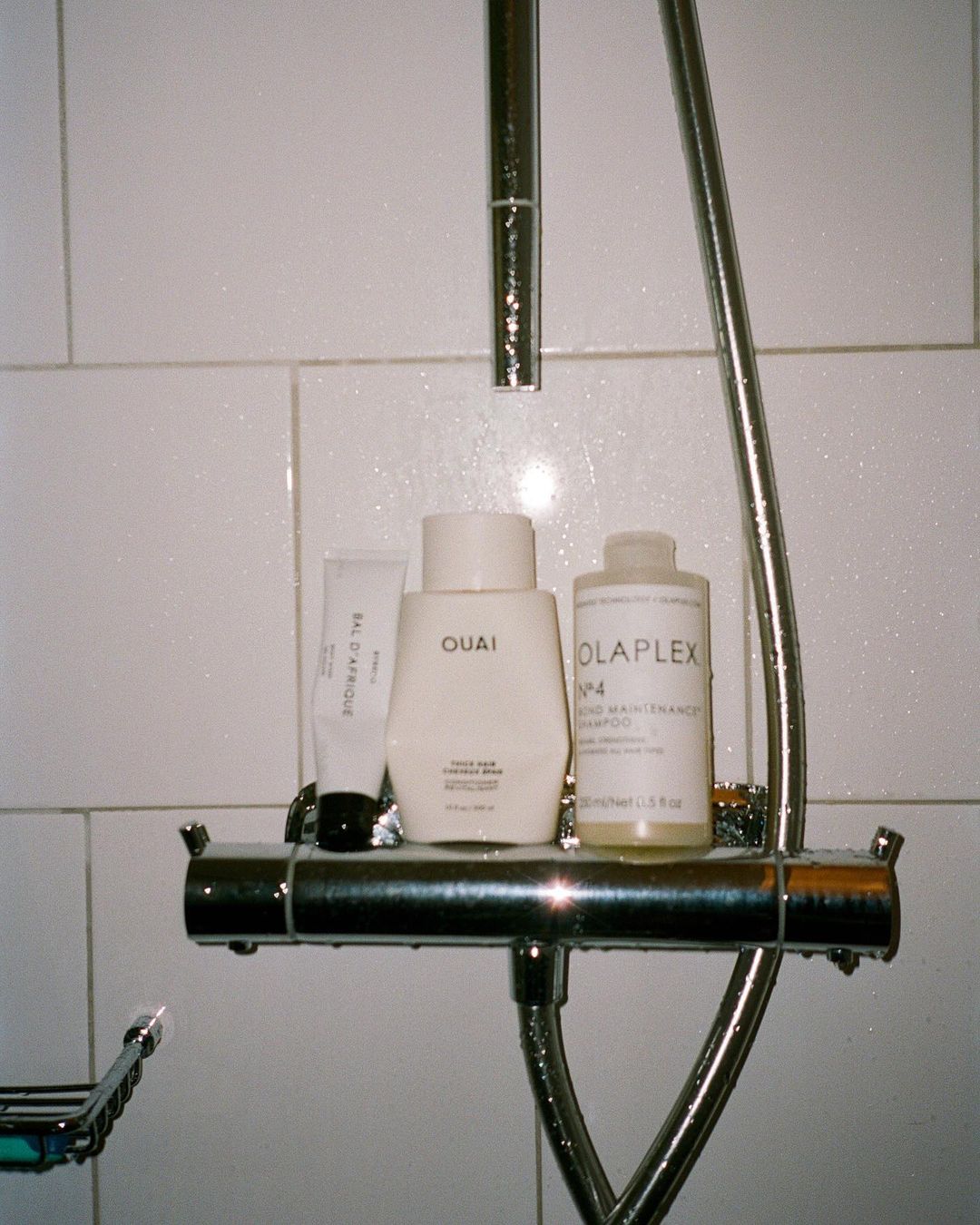
Prepping your hair with the right—or wrong—hair products can make or break your hairstyle. "It’s really important for the hair to be perfectly clean before any styling process in order for the hair to be manageable and for the style to last," says Smith. He recommends using a clarifying shampoo to remove oil and product build-up from the hair that can make it feel heavy. "Start with a deep-cleaning shampoo to create a perfect clean canvas—I like Olaplex No.4C Bond Maintenance Clarifying Shampoo (£28)," says Smith. Look for shampoos that mention "clarifying" on the label and avoid those labelled "repairing" or "smoothing".
"Often, before styling, I prefer to opt for shampoos that don't make inflated claims such as 'deep repairing' or 'smoothing', as these can leave the hair heavier and more challenging to work with," he says. "However, choose your conditioner based on the needs of your hair; if your hair is dry, use a moisturising conditioner, if it's fine or lacks volume, a lightweight or volumising conditioner will be best."
2. Prep Your Hair With the Right Styling Products

"Once you have effectively cleaned your hair, spray a leave-in conditioning and heat-protection spray and gently detangle," says Smith. "Right now my favourites are Olaplex Volumising Blowdry Mist (£28) for lightweight protection or Evo Happy Campers (£26) for nourishment and style support."
3. Style From Wet to Dry
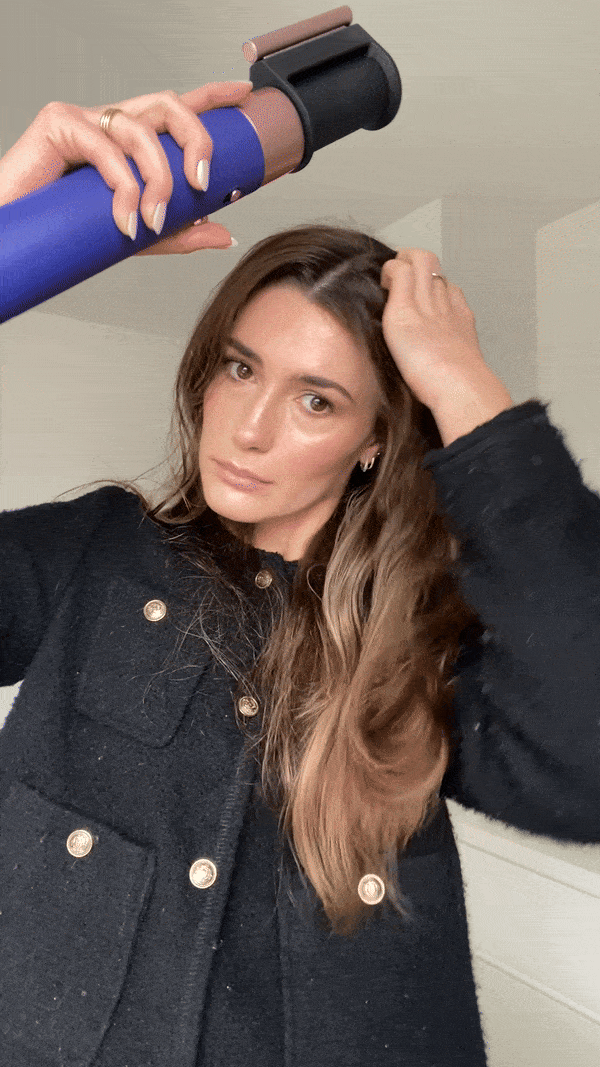
For the longest-lasting results, work from damp hair to ensure your style holds. If your hot brush is the kind that emits hot air to dry and style at the same time, you'll want to start using it with your hair when it's around 80%-90% dry. "Some hot brushes require you to have the hair almost dry before beginning to style, whilst with others you can begin from slightly [wetter hair]," says Smith.
Using a blowdry brush on completely dry hair will lessen the chances of your style holding. The exception to this is if you're using a heated thermal brush, such as the GHD Rise, which you'll want to use on totally dry hair, as it works much like a curling wand.
Making sure your hair is rough-dried will also take a lot of the leg work out of styling your hair. "I find it’s always better to have the hair dried off slightly before use, as this will make the whole styling process easier and gentler on your hair," says Smith. "Either allow your hair to air dry for a bit or use a hair dryer to gently rough dry your hair until it feels almost dry." By working from wet to dry, your style will hold far, far better—ensure to pay particular attention to the roots and the back of your head.
4. Start at the Front of Your Hair

"One of my best tips for blow-drying your own hair is to start at the front, perfecting the area you’ll see the most before moving to the crown and then the nape of the neck last," says Smith. "I know this seems slightly backwards, but in my experience, many people start meticulously blow drying at the nape of the neck, but by the time they get to the front pieces [they] have lost energy and interest [or] have run out of time," he says.
"By starting with the front you can perfect the area that frames your face which most people will see, before gradually working back to the hair underneath that will be more easily concealed and therefore requires less meticulous styling," says Smith.
5. Twist the Brush Through Your Hair

Begin by taking a section that fits easily in the size of your brush—too big and it will be harder to work with. Run it through your hair both on top and the underside of your section for a smooth finish. Then, starting at the end of your hair, roll the brush upwards to gather the hair and keep twisting until the full length is in the brush. Keep the brush in this position for around 10 seconds.
You can experiment with the direction of twisting depending on the result you want to achieve; by rolling the hair into the underside of the brush, you can create more volume at the roots, and by twisting the hair over the top of the brush, you can create a face-framing effect.
6. Use the Cool Shot Setting to Set Your Style

One of the biggest mistakes people often make when using a hot brush is not allowing each section to cool before removing it from the brush—especially if your hair drops out quickly or if you have long, thick hair. Taking the brush out immediately whilst it's still warm will make the hair drop quickly. Think of your hair as a candle; when warm, the wax is malleable, but once it cools, it locks into place. The same principle applies to your hair, so make use of the cool shot button on your hot brush.

If your blowdry brush doesn't have a cold shot setting, use a sectioning clip to pin your hair up or place it into a velcro hair roller as it cools. "If your hair drops out easily, once you have styled each section with a hot brush, winding it up and clipping it into place until it has cooled down will allow you to hold the style for longer," says Smith. For extra hold, you can always use the cold shot button and then pin the section up as you style the rest of your hair.
7. Repeat and Allow Hair to Cool

Repeat the process on all your hair until you've styled all of the sections.

Allow your hair to cool completely to set the style into place.
8. Shake Out Hair with Fingers, Not a Brush

"Only once the hair is completely cool and styled should you shake out the result and position as desired," says Smith. It's important to use your fingers rather than a brush, as this can deflate the shape and volume.
9. Finish With Hairstyling Products to Hold
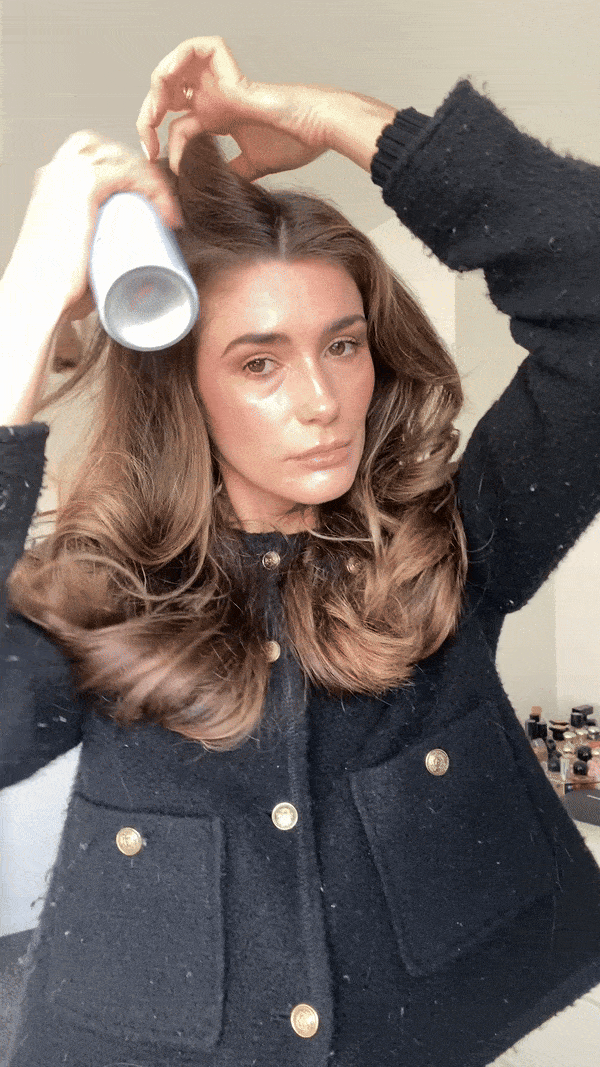
Now it's time to set your style into place. "To hold the style in longer, using a dry styling product such as a light dry shampoo or a dry texturising spray in the roots and body of the hair will stop the style from falling flat," says Smith. "Polish the ends with some serum to give definition and hydration to the most vulnerable parts of your hair. I like Olaplex No.7 Bonding Oil (£28) or Sam McKnight Love Me Do Nourishing Oil (£32) for this." You can then finish with hairspray for extra hold. At this stage, you could also use a volumising spray to add extra body and hold to fine hair.
The Result

And here's the result after following Smith's steps. To help keep your blowdry bounce for as long as possible, you can use silk or satin hair ties to twist your hair into a bun which helps to keep the volume and shine for longer. I also like to sleep on a silk pillowcase to minimise friction on the hair and help the style last longer.
Hot Brush FAQs
Are Hot Brushes Bad For Your Hair?
As long as you use a good heat protectant and limit your hot brush use to just a couple of times a week, your hair should remain damage-free. If you’re concerned, adjust the heat settings on your hot brush to suit your hair type and the amount of heat needed for styling. Remember to handle your hair gently, avoiding excessive pulling or tugging while using the brush too.
How Often Should You Use a Hot Brush?
Using a hot brush a few times a week is safe for your hair as long as you apply a quality heat protection spray beforehand. Most hot brushes offer adjustable heat settings, allowing you to customise the temperature to suit your hair type. Thicker or coarser hair may need higher heat, while finer or straighter hair can be styled with lower temperatures. Heat protection is especially important if your hair is prone to breakage or has been damaged by other styling tools or colour treatments.
Do You Use a Hot Air Brush On Wet Or Dry Hair?
Whether you use your hot brush on wet or dry hair depends on its model. Some, like the GHD Rise and Glide, rely solely on heat and are designed for use on dry hair only. Others, such as the Dyson Airwrap, are more adaptable—they can be used on damp, towel-dried hair to dry and style simultaneously or on dry hair to refresh your look between washes too.
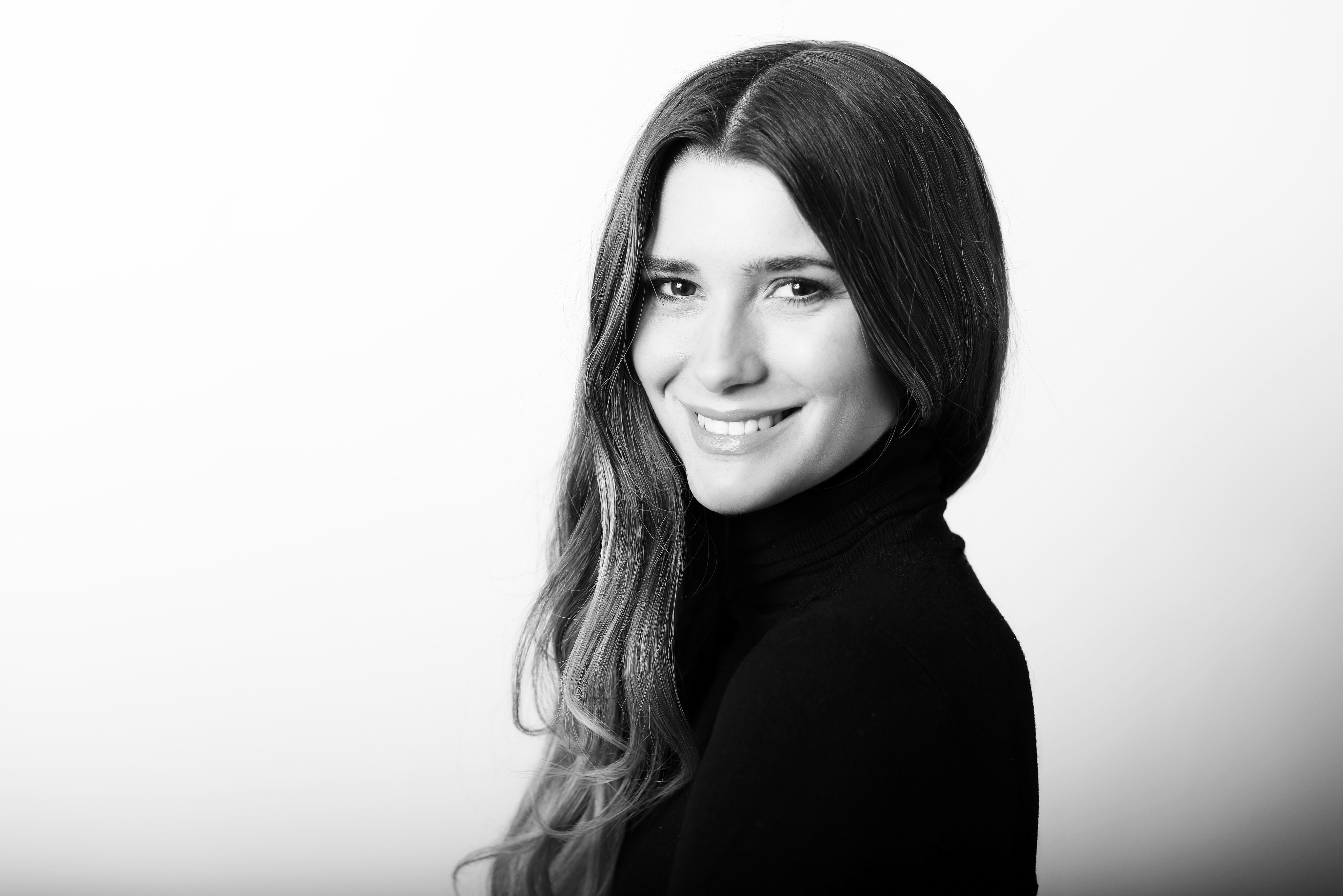
Eleanor Vousden is the beauty editor for Who What Wear UK. She was previously deputy editor at Hairdressers Journal, health writer at Woman & Home and junior beauty editor at Powder. She has also contributed to Wallpaper and Elle Collections.
With a degree in fashion journalism from the London College of Fashion, she has 10 years of industry experience and has been highly commended at the BSME Talent Awards for her work on Powder and also contributed to the title winning Website of the Year at the PPA Awards.
Eleanor’s journalistic focus is providing readers with honest and helpful beauty content. She has interviewed celebrity makeup artists, hairstylists and dermatologists throughout her career, as well as celebrities such as Hailey Bieber, Sarah Jessica Parker and Scarlett Johansson.


